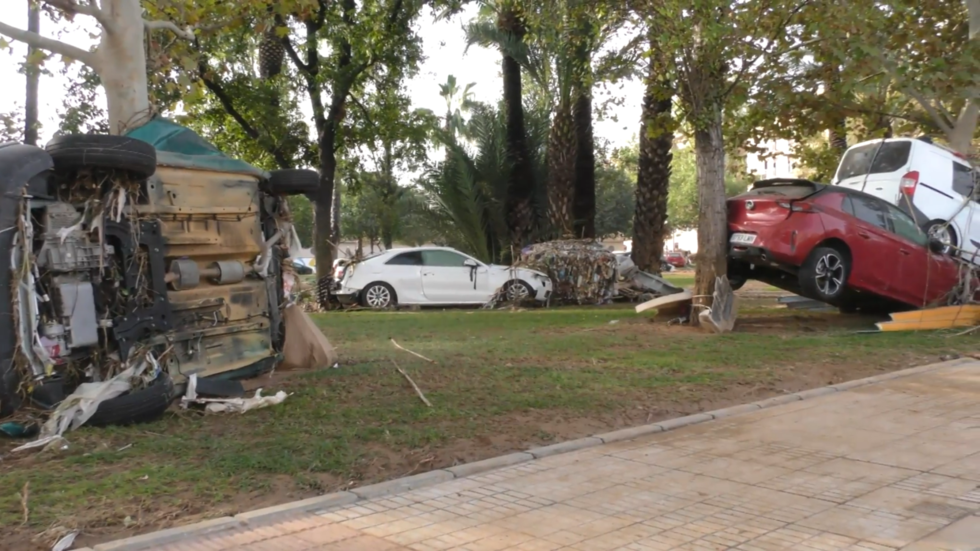On Saturday, officials reported that the death toll from catastrophic floods in Spain has surpassed 200, following record-breaking rainfall in the eastern province of Valencia. The unprecedented weather event, referred to as DANA (high-altitude isolated depression), has left around 1,900 people unaccounted for, and authorities anticipate that the number of victims may continue to rise. The impacts of the flooding were particularly severe in Valencia, with Interior Minister Fernando Grande-Marlaska cautioning that the situation could worsen as search and rescue operations progress. This extreme weather event has been described as the worst natural disaster in decades for the region, highlighting the vulnerability of areas typically not exposed to such extreme conditions.
The storms began on Monday, leading to widespread destruction including the collapse of bridges, the displacement of vehicles, and the inundation of towns in thick mud. Over 140,000 residents were impacted by power outages due to the flooding. Transport Minister Oscar Puente emphasized the magnitude of the disaster, noting that the scale of destruction is unparalleled in Spanish history, even surpassing the impacts of a previous flood in 1975 that resulted in at least 81 fatalities. His assertions reflect a national concern about the adequacy of infrastructure in the face of such devastating storms and the apparent inability of the older systems to handle the intensity of recent weather events.
Paiporta, a municipality on the outskirts of Valencia, emerged as one of the hardest-hit areas, suffering over 60 confirmed deaths as floodwaters nearly submerged it completely. Reports from a weather station in Turis indicated that the area experienced an extreme downpour of 179.2 liters per square meter in just one hour, breaking previous records and equating to what the region typically receives in an entire year. These dire conditions underscore the increasing frequency and severity of extreme weather patterns that challenge the region’s preparedness for such catastrophes.
In response to the escalating crisis, the Spanish government has mobilized additional resources, including deploying 1,000 Armed Forces personnel to assist in the disaster response. There are also reports of a significant volunteer response, with around 7,000 civilians expected to participate in relief efforts. Miguel Salvador, the head of a Valencian volunteer organization, indicated that over 100,000 individuals have stepped forward to help in various capacities. This demonstrates not only a communal spirit but also a growing recognition of the importance of supporting affected communities during times of crisis.
Amid disaster recovery efforts, authorities are also vigilant regarding potential looting in the flood-ravaged areas. Maintaining security and order is a critical concern as the nation grapples with the aftermath of this overwhelming disaster. As the situation evolves, officials express both urgency and caution, recognizing that the response must be swift while ensuring the safety of responders and residents alike. The challenges posed by such comprehensive destruction illustrate not only the immediate humanitarian needs but also larger questions about future resilience in the face of climate change.
As search and rescue operations continue, the story of the floods in Valencia serves as a sobering reminder of nature’s capacity for devastation and the profound impact these events can have on communities. The region now faces challenges related to recovery and prevention of similar disasters in the future. Policymakers, disaster response teams, and local communities must come together to address the immediate needs and lay the groundwork for rebuilding, taking into consideration lessons learned from this catastrophe to enhance infrastructure and readiness for unpredictable weather patterns in a changing climate. The importance of community solidarity and responsive governance in times of crisis cannot be overstated as Valencia embarks on a long and arduous recovery journey.

